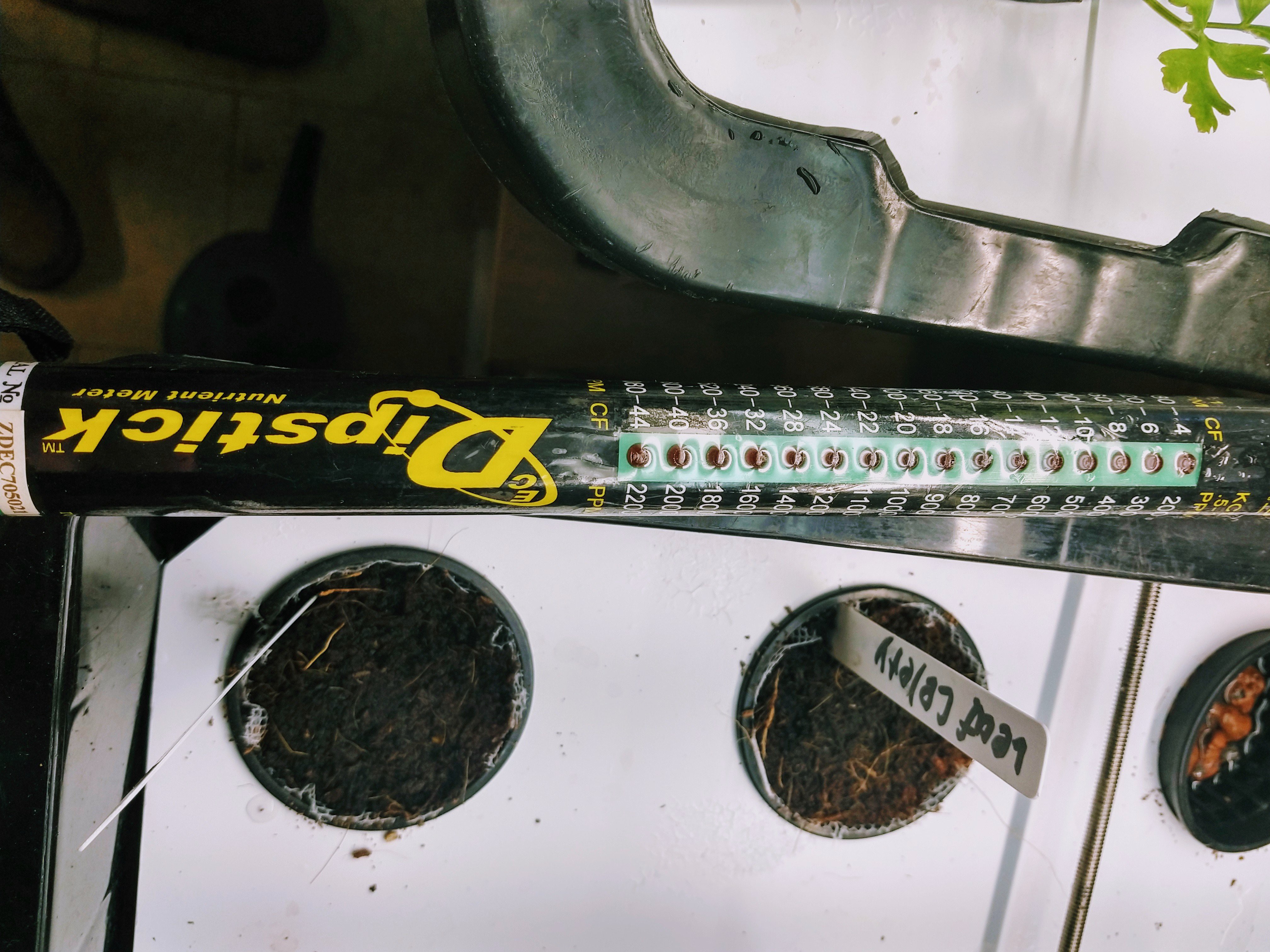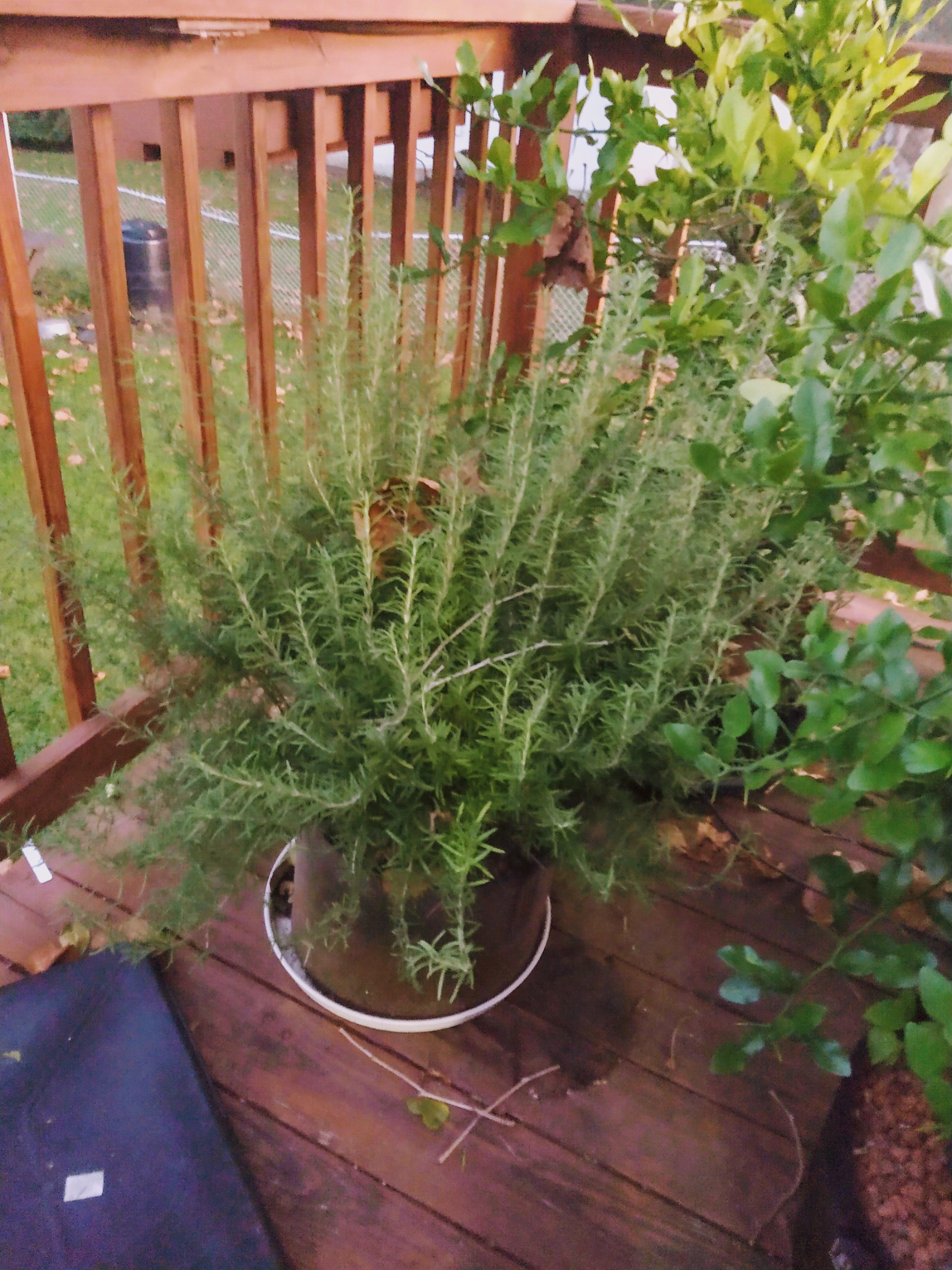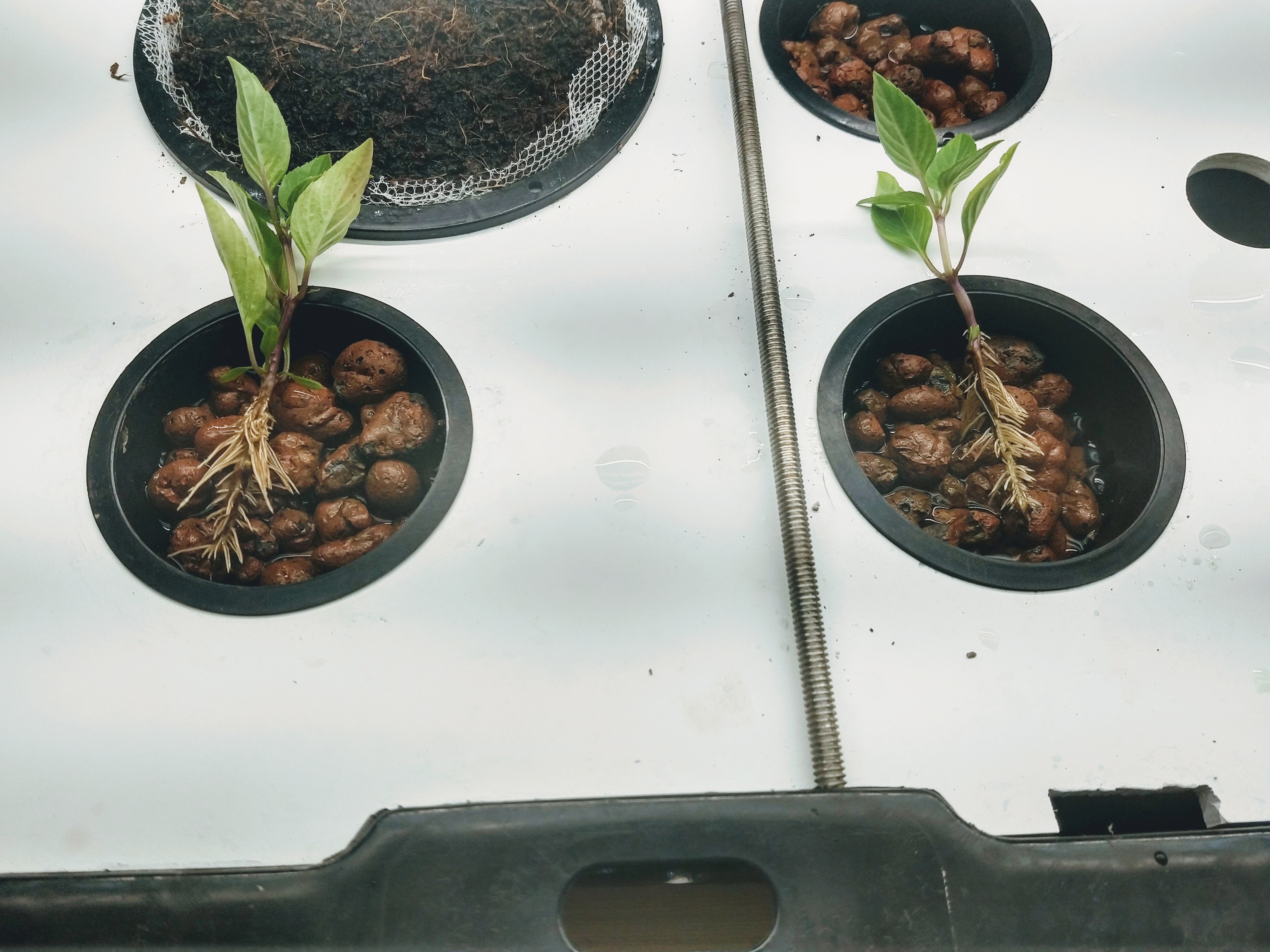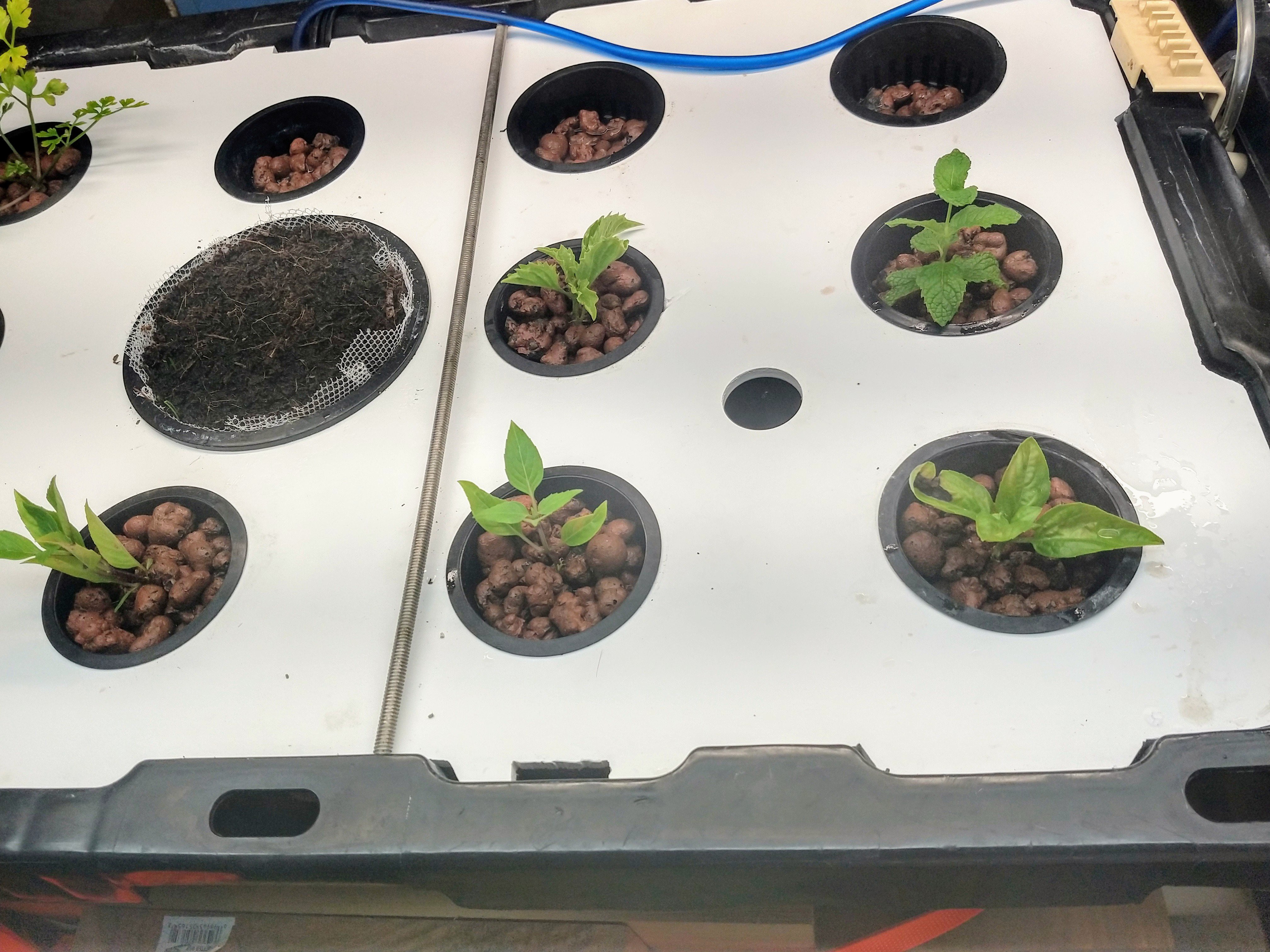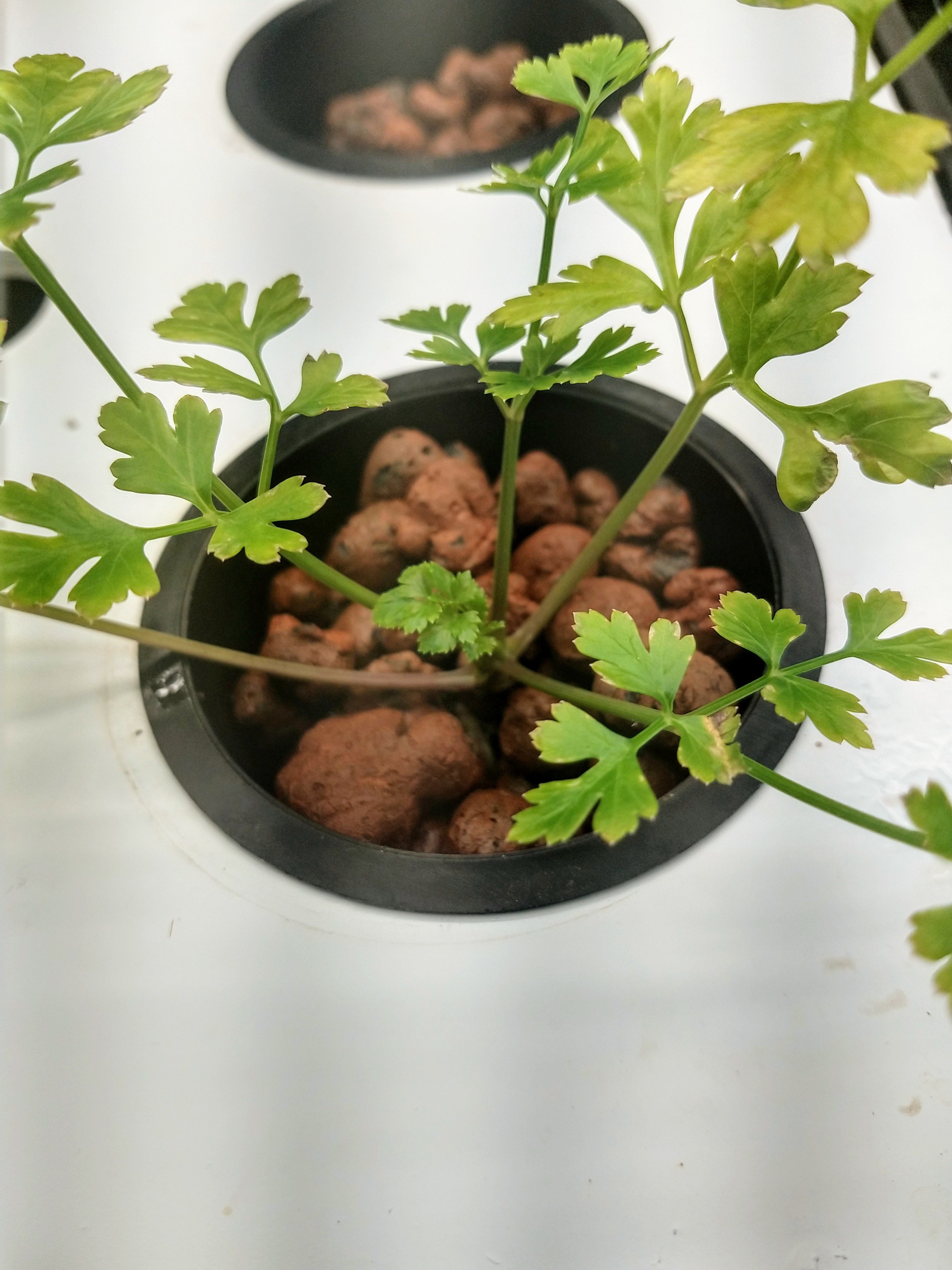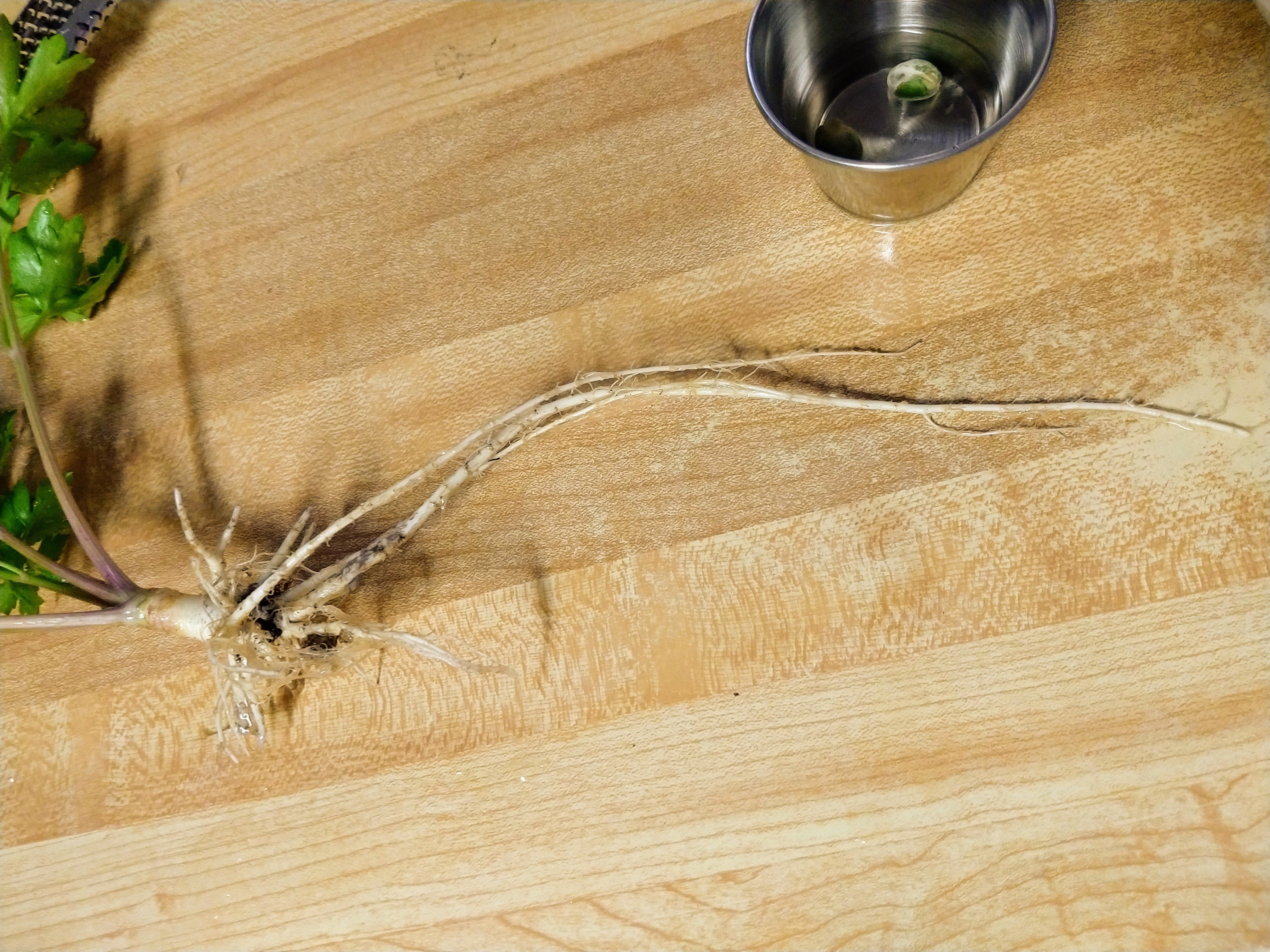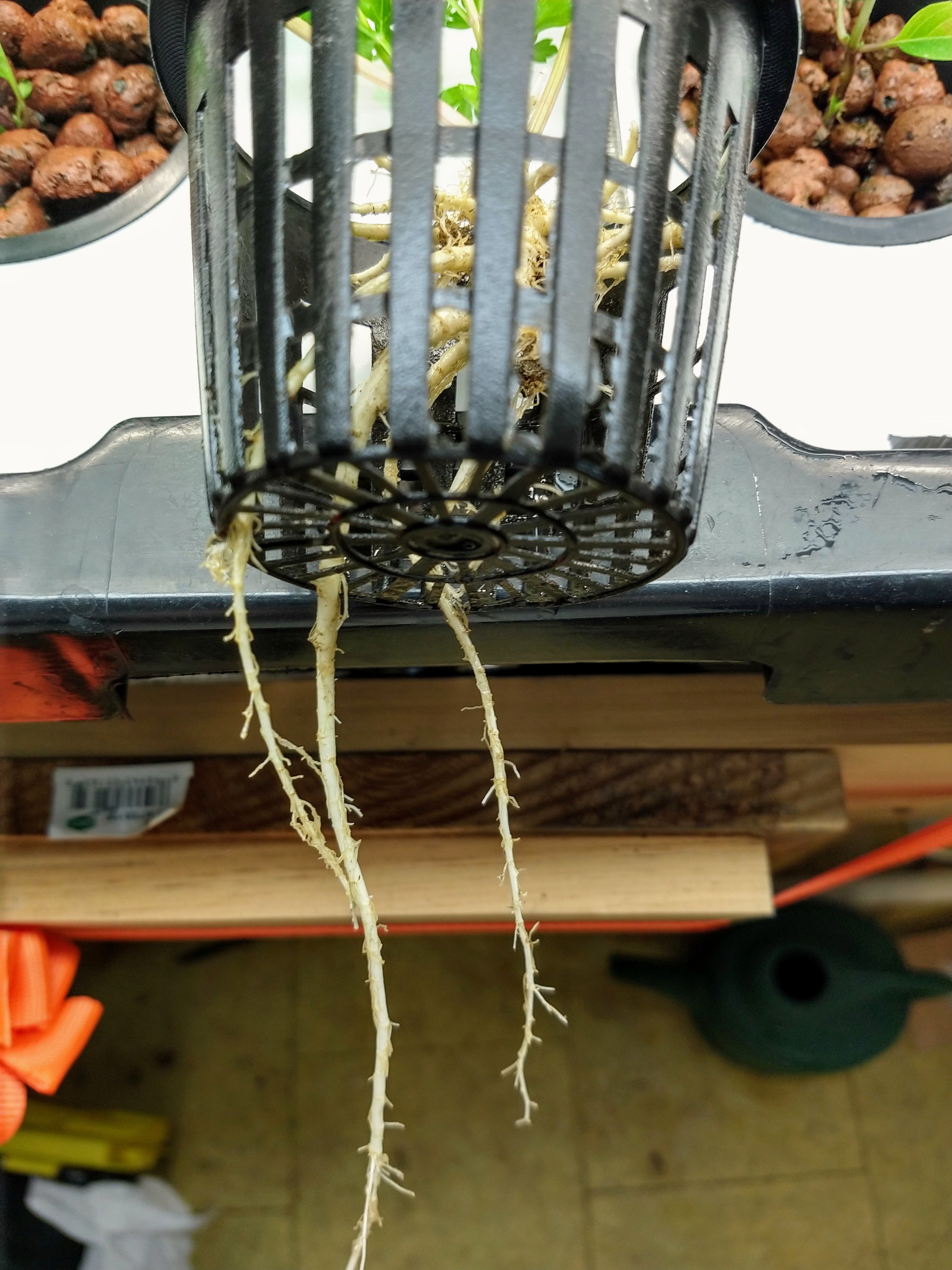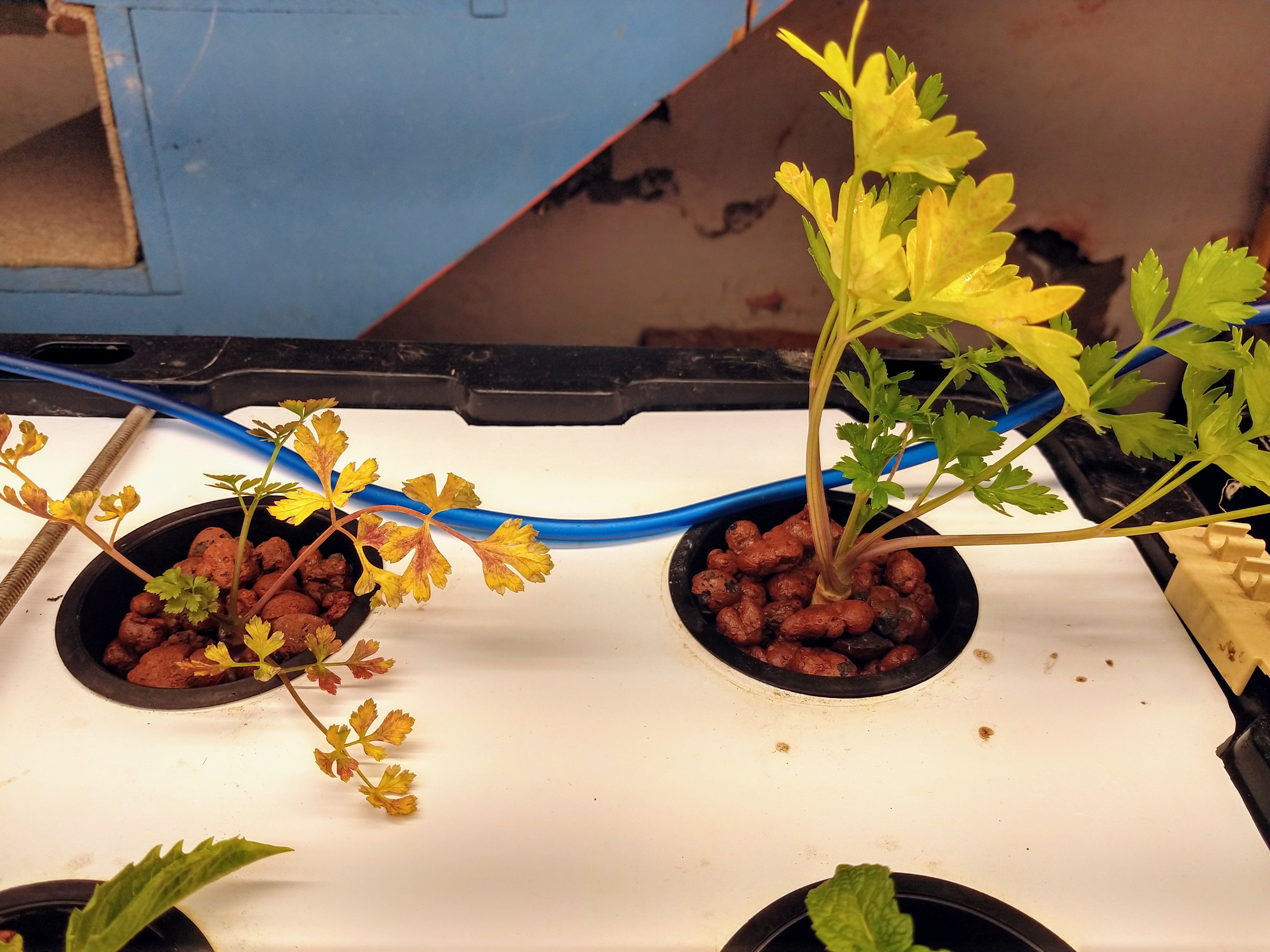pepperhead212
Executive Chef
I got my two deepwater hydroponics systems set up last week, and got the nutrients tweaked, and added some mycorrhizae and a small amount of mosquito dunk (to prevent fungus gnats). So last weekend I got some coir in the baskets I'd plant seeds in, and my cloner set up for things I start cuttings for, and hopefully, they'll root. Turns out, most rooted in 4 or 5 days, though some just starting. Surprisingly, the Thai basil rooted best, though this is still early. And no sign of roots on peppermint cuttings.
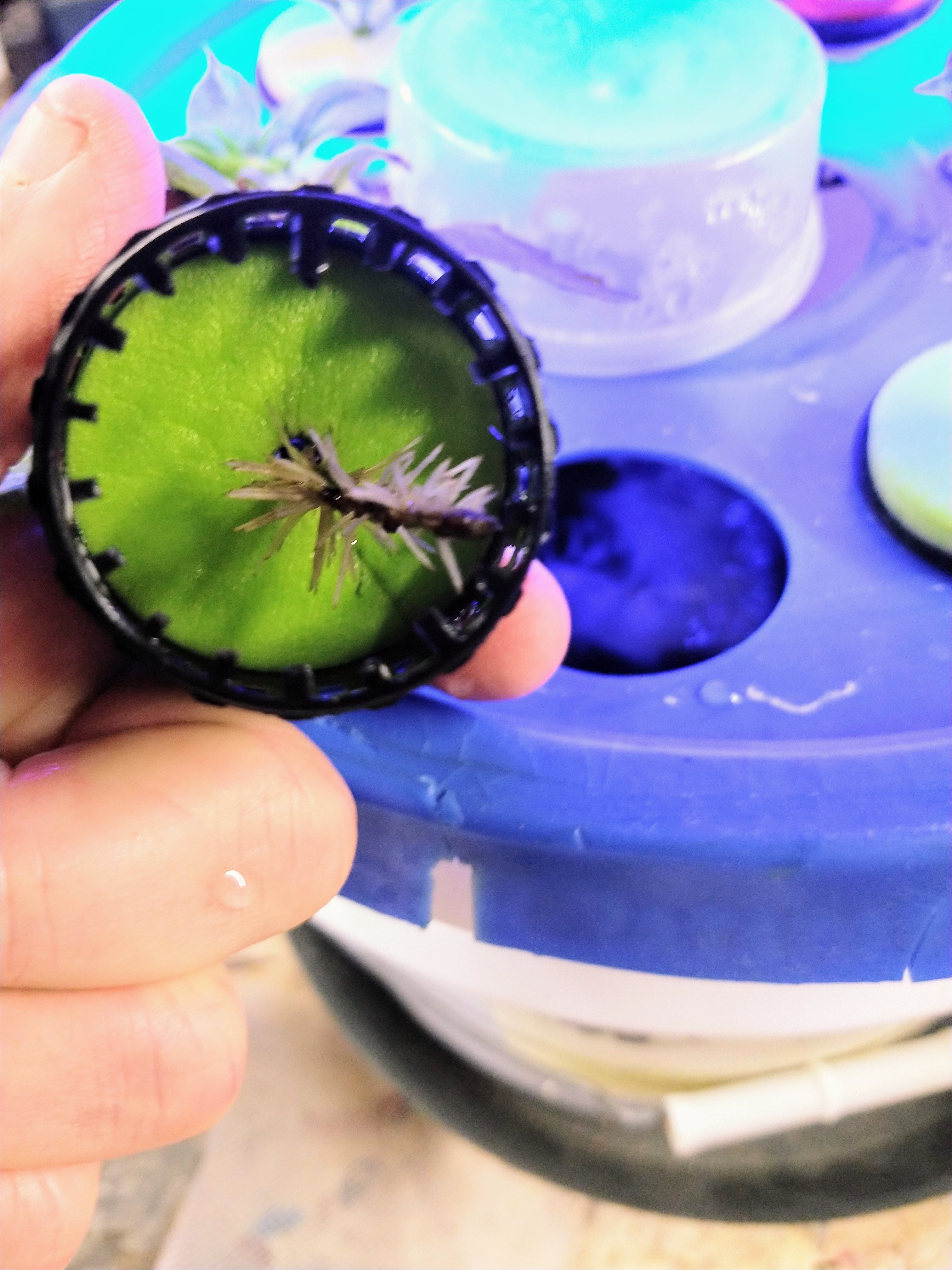 Cloned Thai Siam Queen Basil, after about 4 days. 10-01 by pepperhead212, on Flickr
Cloned Thai Siam Queen Basil, after about 4 days. 10-01 by pepperhead212, on Flickr
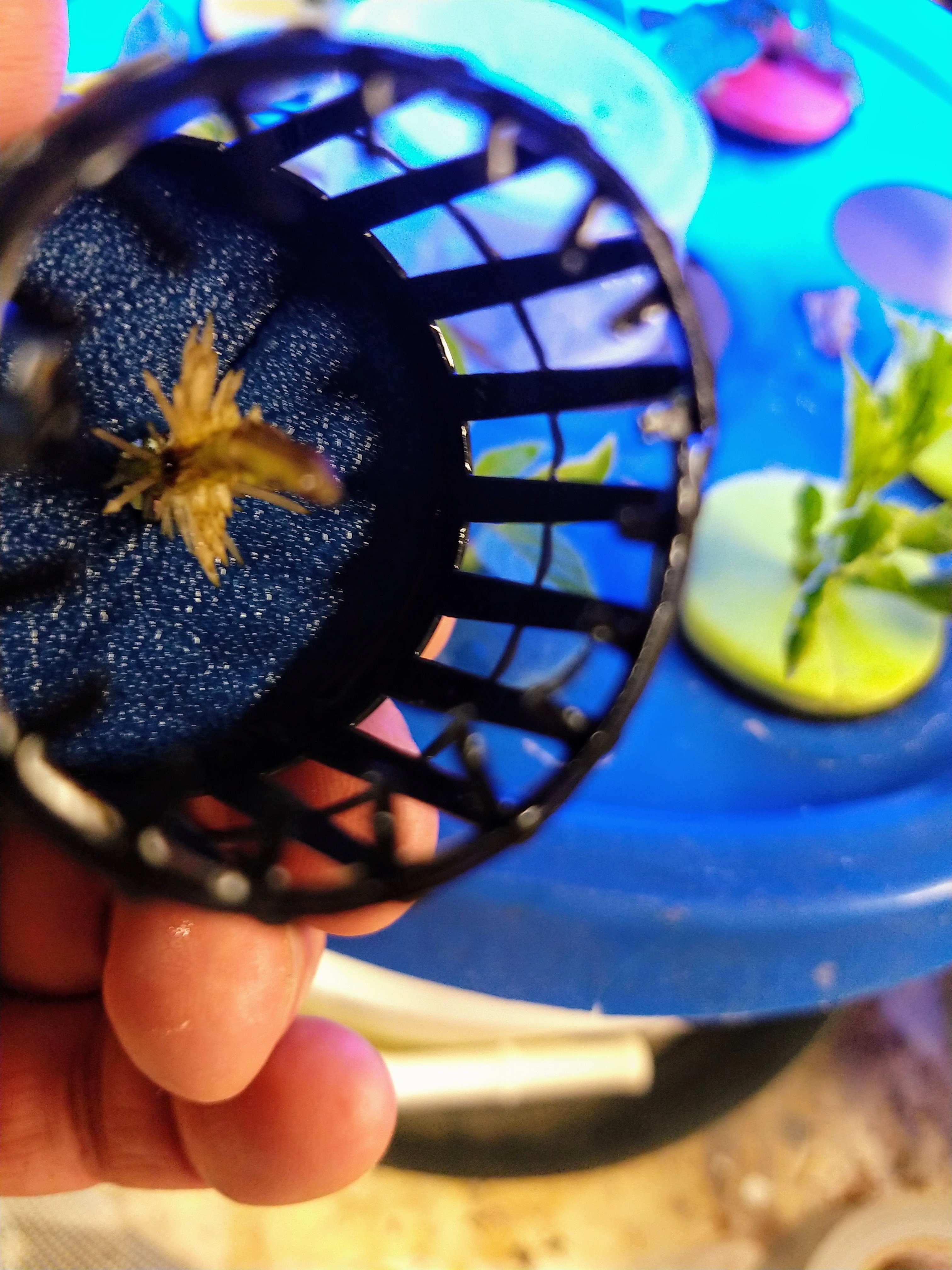 Cloned Serrata basil, 10-01 by pepperhead212, on Flickr
Cloned Serrata basil, 10-01 by pepperhead212, on Flickr
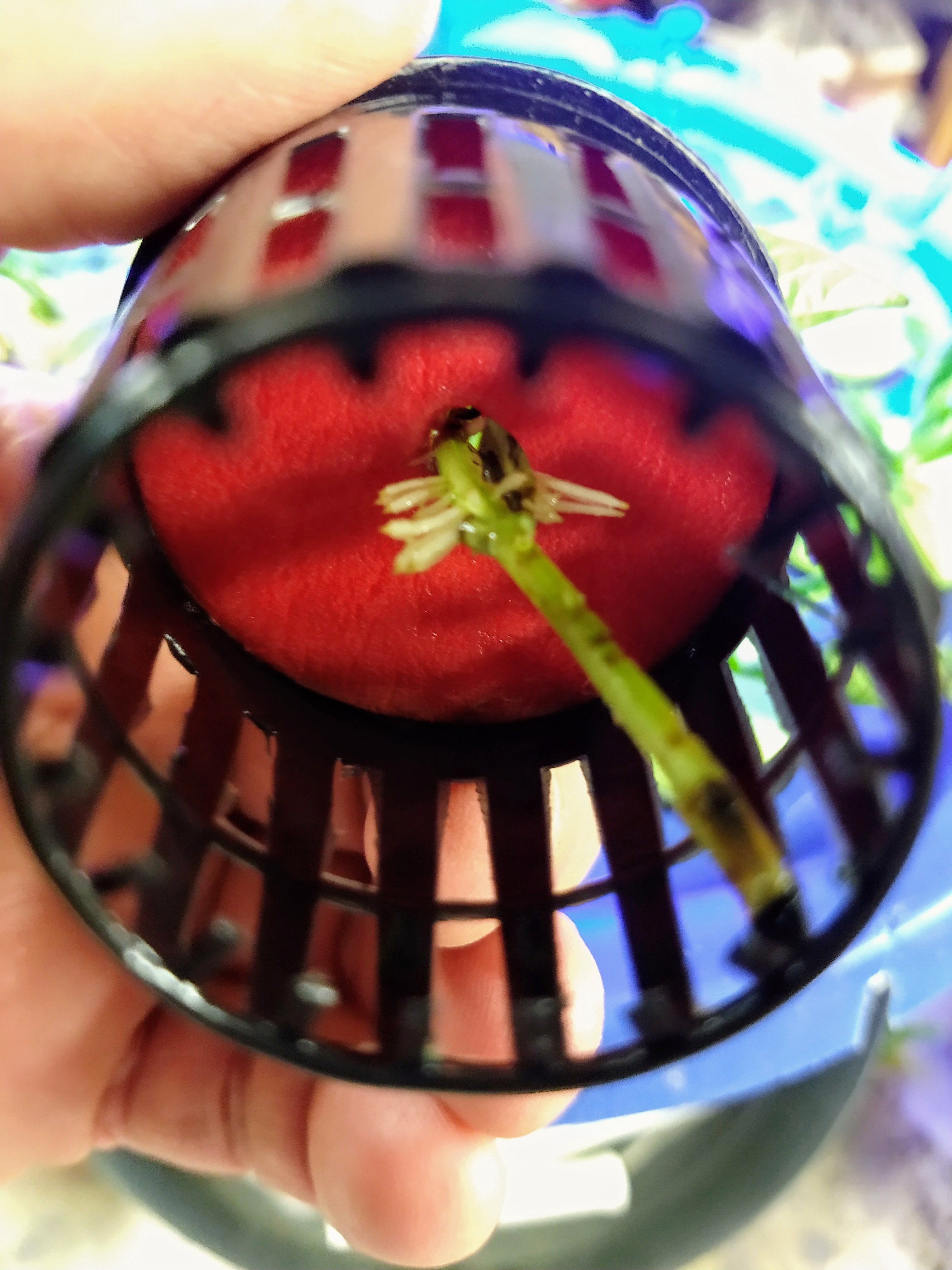 Cloned Gecofure Basil, 10-01 by pepperhead212, on Flickr
Cloned Gecofure Basil, 10-01 by pepperhead212, on Flickr
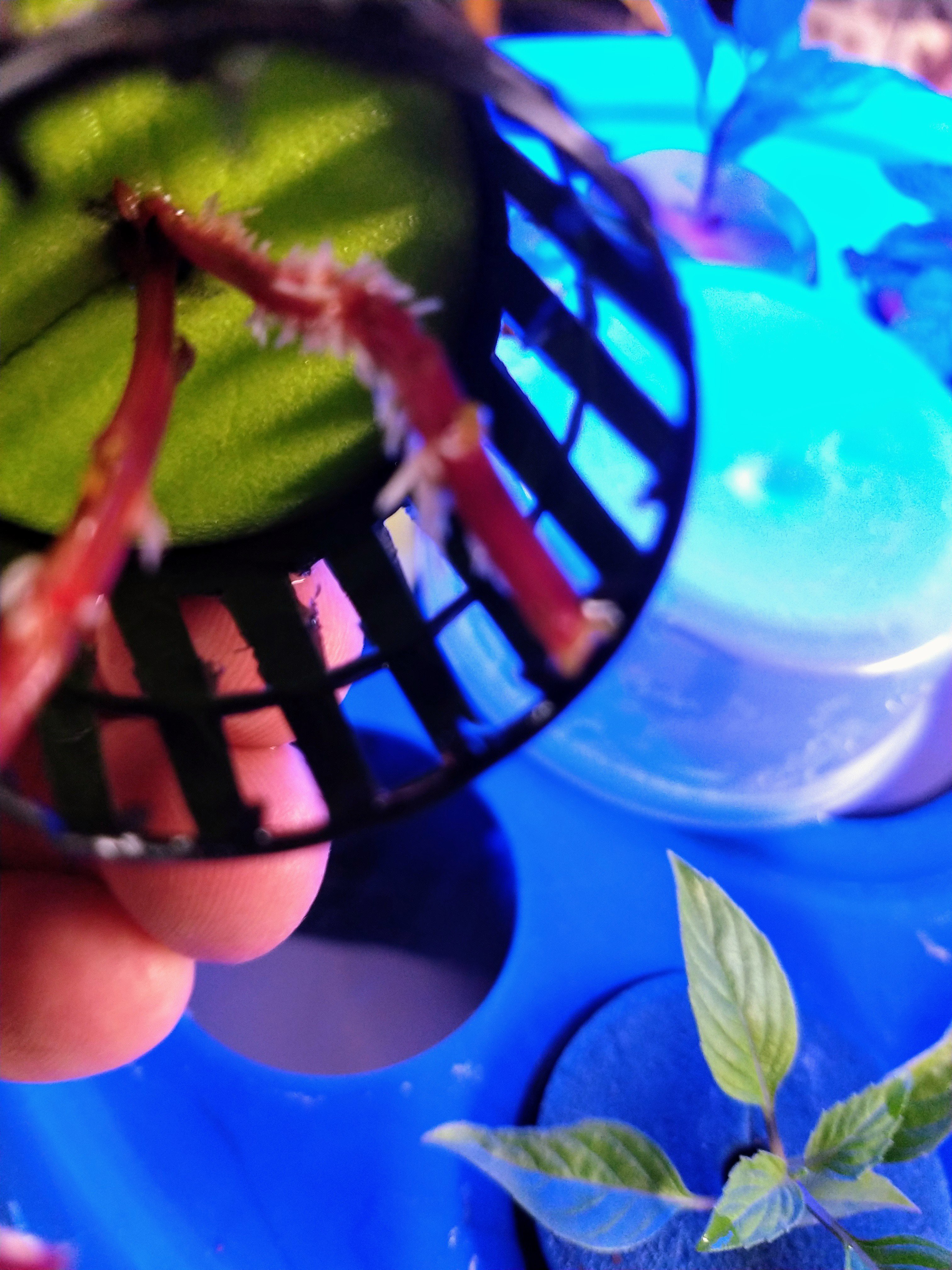 Cloned Red Epazote, 10-01 by pepperhead212, on Flickr
Cloned Red Epazote, 10-01 by pepperhead212, on Flickr
These have to get much larger, to transplant to the hydroponics.
Today I dug up a parsley plant - I rinsed the dirt off, then rinsed the plant with an H2O2 solution. Then I soaked the roots briefly in a rooting solution, then put it in the hydroponics.
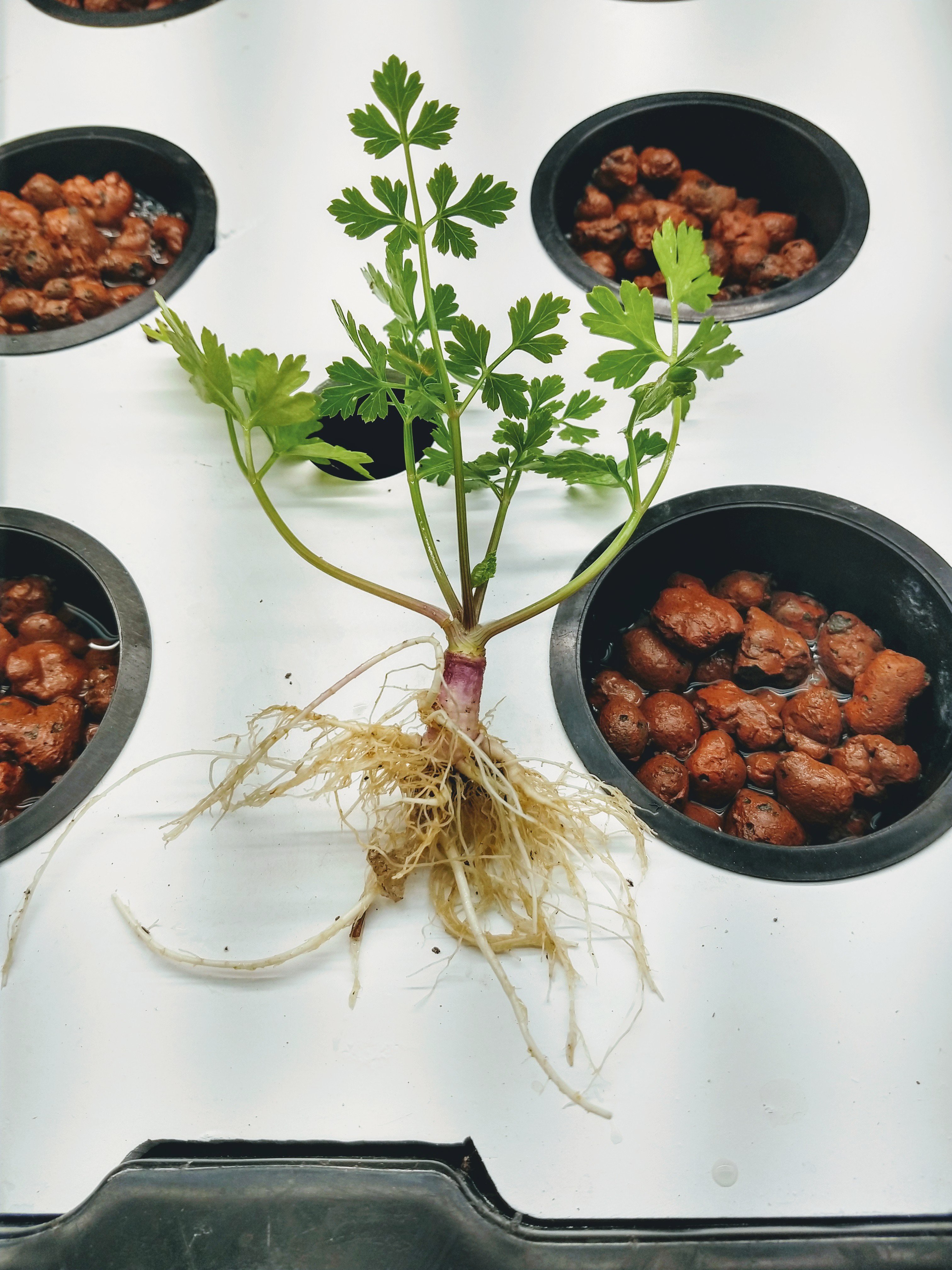 Parsley, going to the hydroponics, 10-01 by pepperhead212, on Flickr
Parsley, going to the hydroponics, 10-01 by pepperhead212, on Flickr
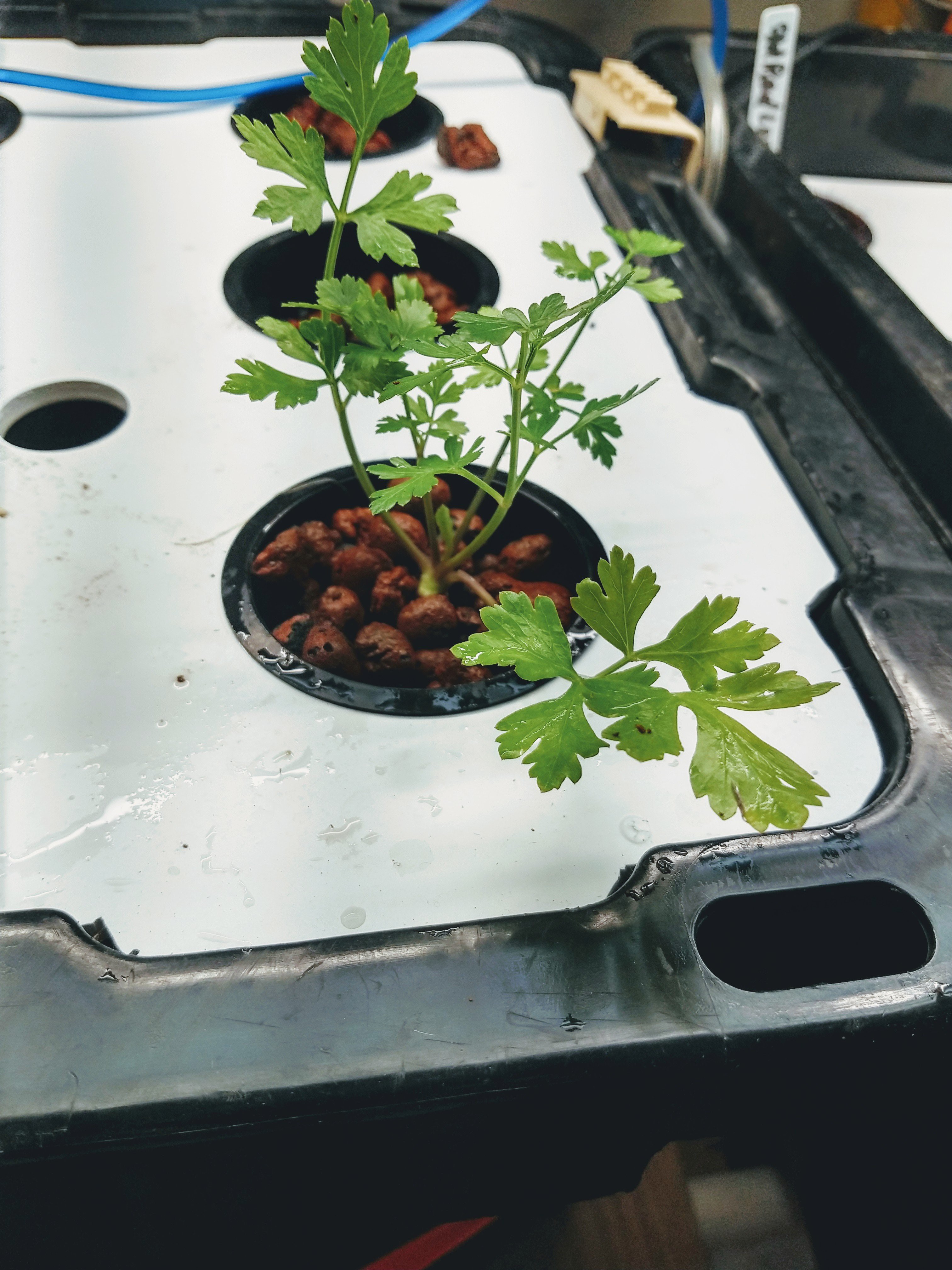 Parsley, set in the hydroponics clay pellets, 10-01 by pepperhead212, on Flickr
Parsley, set in the hydroponics clay pellets, 10-01 by pepperhead212, on Flickr
I planted some seeds in the coir baskets; some greens that I always grow, like lettuce and mizuna, and some herbs - cilantro, Chinese parsley (leaf celery), and a couple I had old seeds for: hoja santa, and summer savory. Not even sure there would any viable in these last two, but I'd try. The mizuna is pretty old, too, but it was the first to germinate in 3 days! The youngest lettuce was up in 4 days, and the older one is just beginning to poke through.
 Some really old Mizuna seeds sprouting in 3 days! 10-01 by pepperhead212, on Flickr
Some really old Mizuna seeds sprouting in 3 days! 10-01 by pepperhead212, on Flickr
I didn't like the floating styrofoam holders for the baskets these last two years, so I went back to the solid plexiglass, like I use for the larger one.
Soon, I'll be bringing the curry tree, kaffir lime trees, and bay laurel indoors until next spring.
 Cloned Thai Siam Queen Basil, after about 4 days. 10-01 by pepperhead212, on Flickr
Cloned Thai Siam Queen Basil, after about 4 days. 10-01 by pepperhead212, on Flickr Cloned Serrata basil, 10-01 by pepperhead212, on Flickr
Cloned Serrata basil, 10-01 by pepperhead212, on Flickr Cloned Gecofure Basil, 10-01 by pepperhead212, on Flickr
Cloned Gecofure Basil, 10-01 by pepperhead212, on Flickr Cloned Red Epazote, 10-01 by pepperhead212, on Flickr
Cloned Red Epazote, 10-01 by pepperhead212, on FlickrThese have to get much larger, to transplant to the hydroponics.
Today I dug up a parsley plant - I rinsed the dirt off, then rinsed the plant with an H2O2 solution. Then I soaked the roots briefly in a rooting solution, then put it in the hydroponics.
 Parsley, going to the hydroponics, 10-01 by pepperhead212, on Flickr
Parsley, going to the hydroponics, 10-01 by pepperhead212, on Flickr Parsley, set in the hydroponics clay pellets, 10-01 by pepperhead212, on Flickr
Parsley, set in the hydroponics clay pellets, 10-01 by pepperhead212, on FlickrI planted some seeds in the coir baskets; some greens that I always grow, like lettuce and mizuna, and some herbs - cilantro, Chinese parsley (leaf celery), and a couple I had old seeds for: hoja santa, and summer savory. Not even sure there would any viable in these last two, but I'd try. The mizuna is pretty old, too, but it was the first to germinate in 3 days! The youngest lettuce was up in 4 days, and the older one is just beginning to poke through.
 Some really old Mizuna seeds sprouting in 3 days! 10-01 by pepperhead212, on Flickr
Some really old Mizuna seeds sprouting in 3 days! 10-01 by pepperhead212, on FlickrI didn't like the floating styrofoam holders for the baskets these last two years, so I went back to the solid plexiglass, like I use for the larger one.
Soon, I'll be bringing the curry tree, kaffir lime trees, and bay laurel indoors until next spring.
Last edited:

